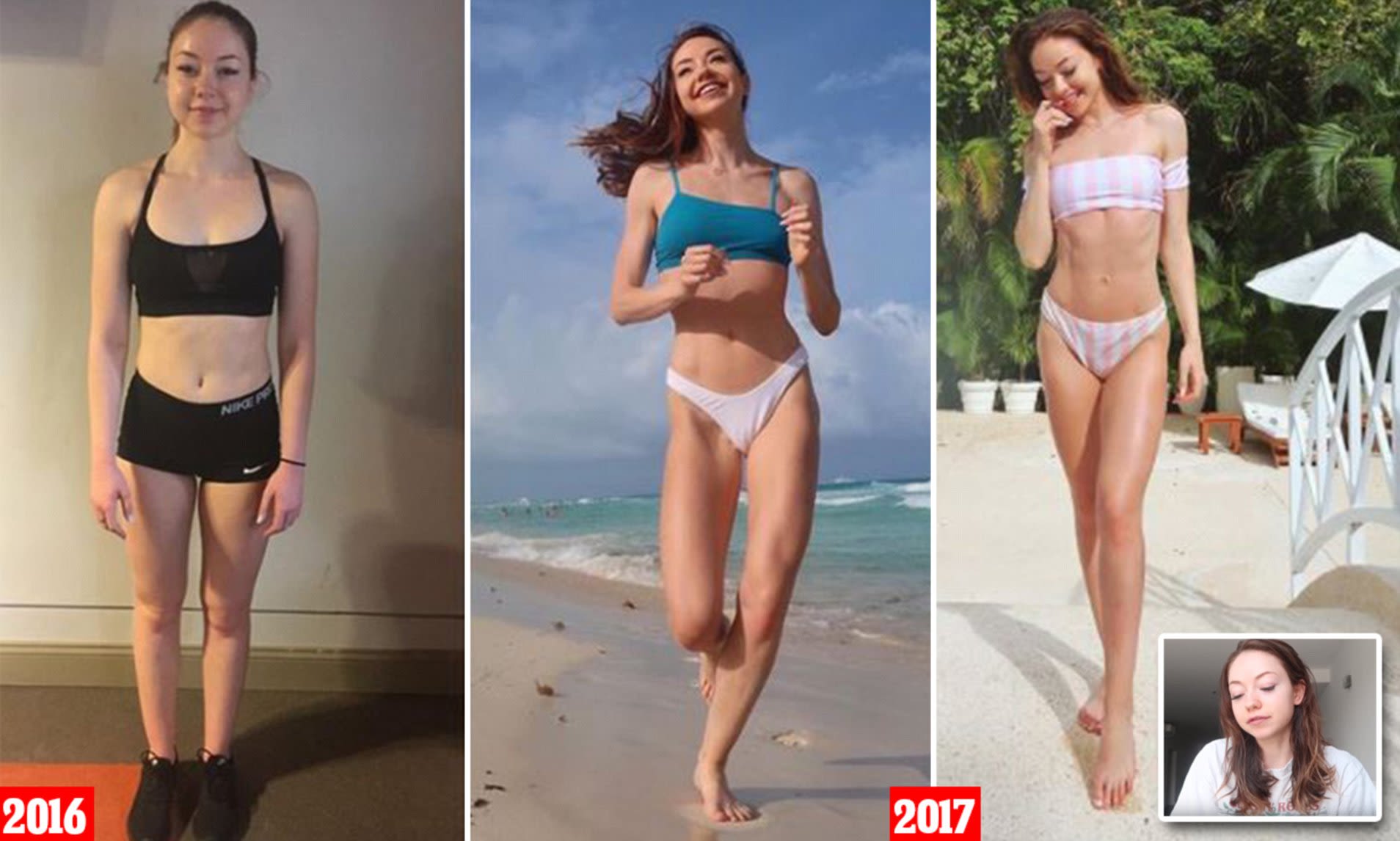Body Image in the Digital Age
How do Online Influencers Impact Body Image with Frequent Social Media Users
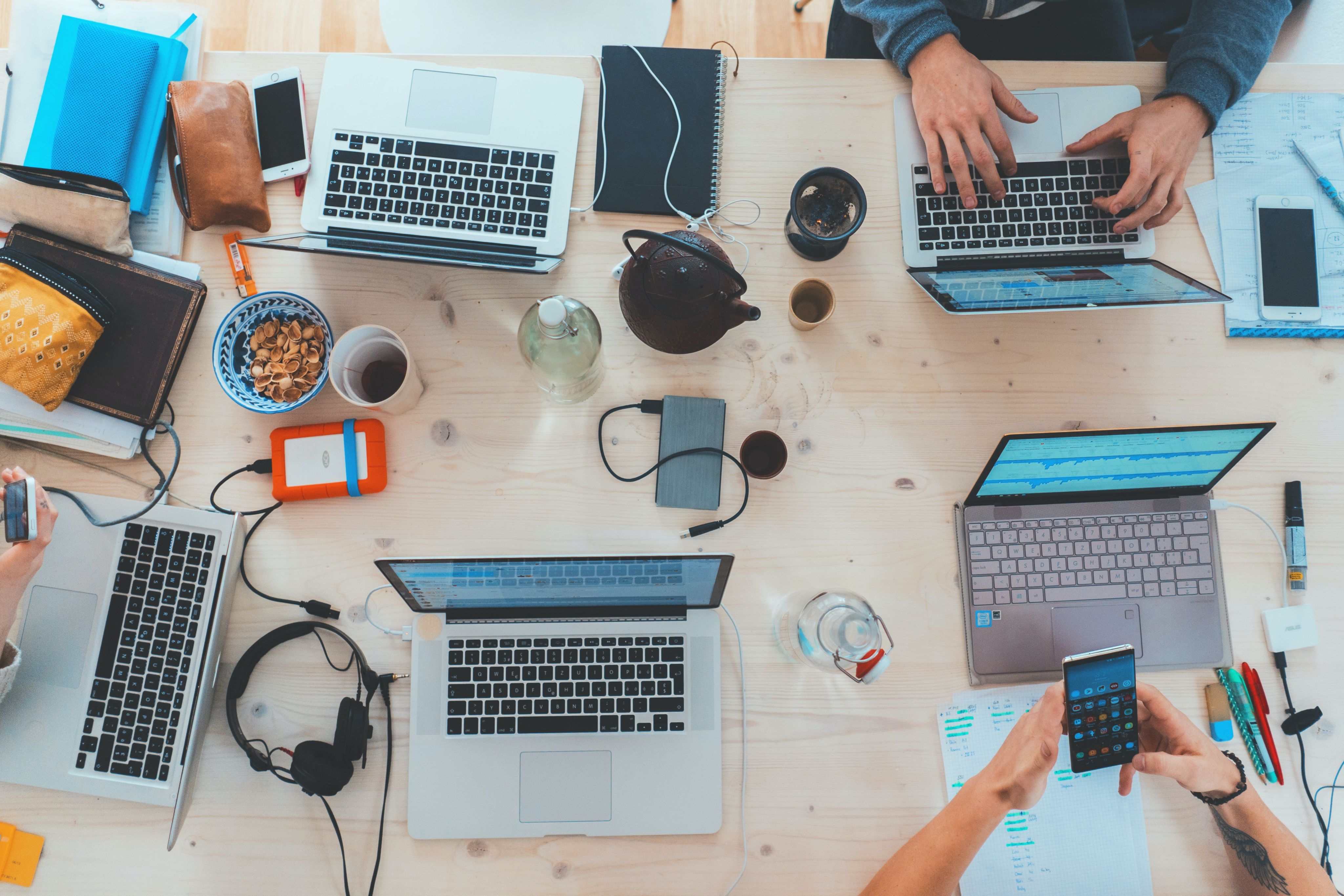

Youtube is a video-sharing platform that was founded in 2005 and is the second most visited website.
YouTube is a popular place to find fitness videos, with over 30 million uploads (Medical Daily, 2021). However, the lifestyle category, in which YouTube users chronicle their own health-related daily activities, has grown in popularity (Carrotte et al., 2015). Baker and Rojek (2020) discovered that people are using these YouTubers to learn about health-related topics (Carral, 2021). However, it is neither scientifically grounded nor produced by health experts (Carral, 2021). Therefore teaching young and impressionable girls what is and is not good for their health.
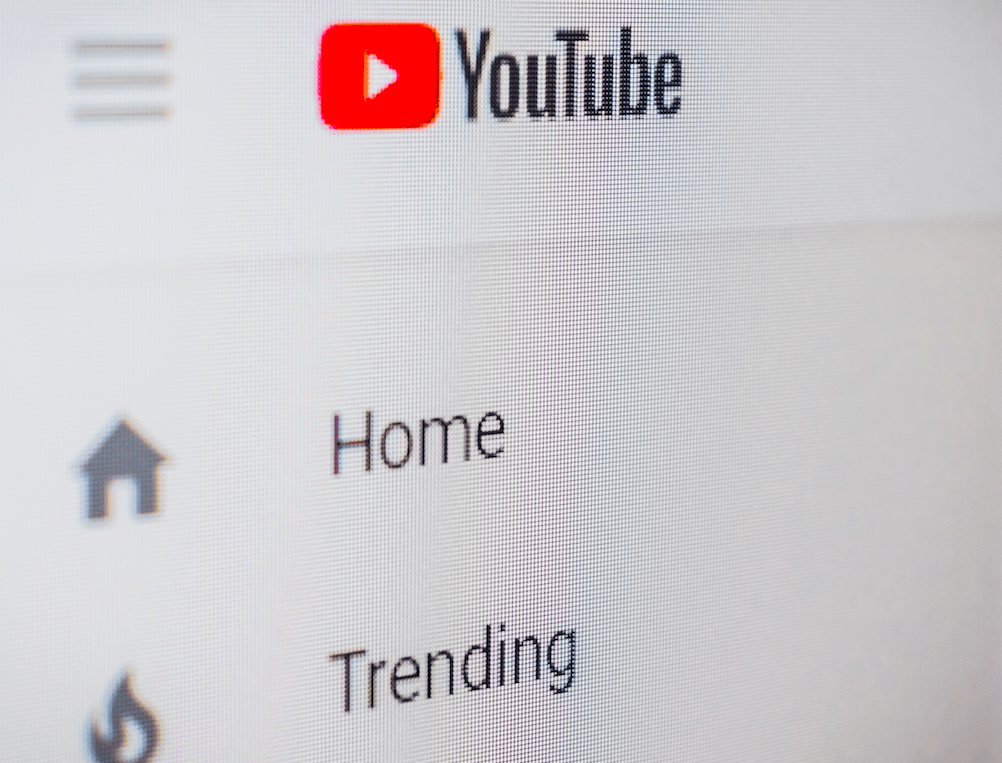
Case Study:
Meredith Foster & her Impact
Lifestyle and Beauty Guru Youtuber
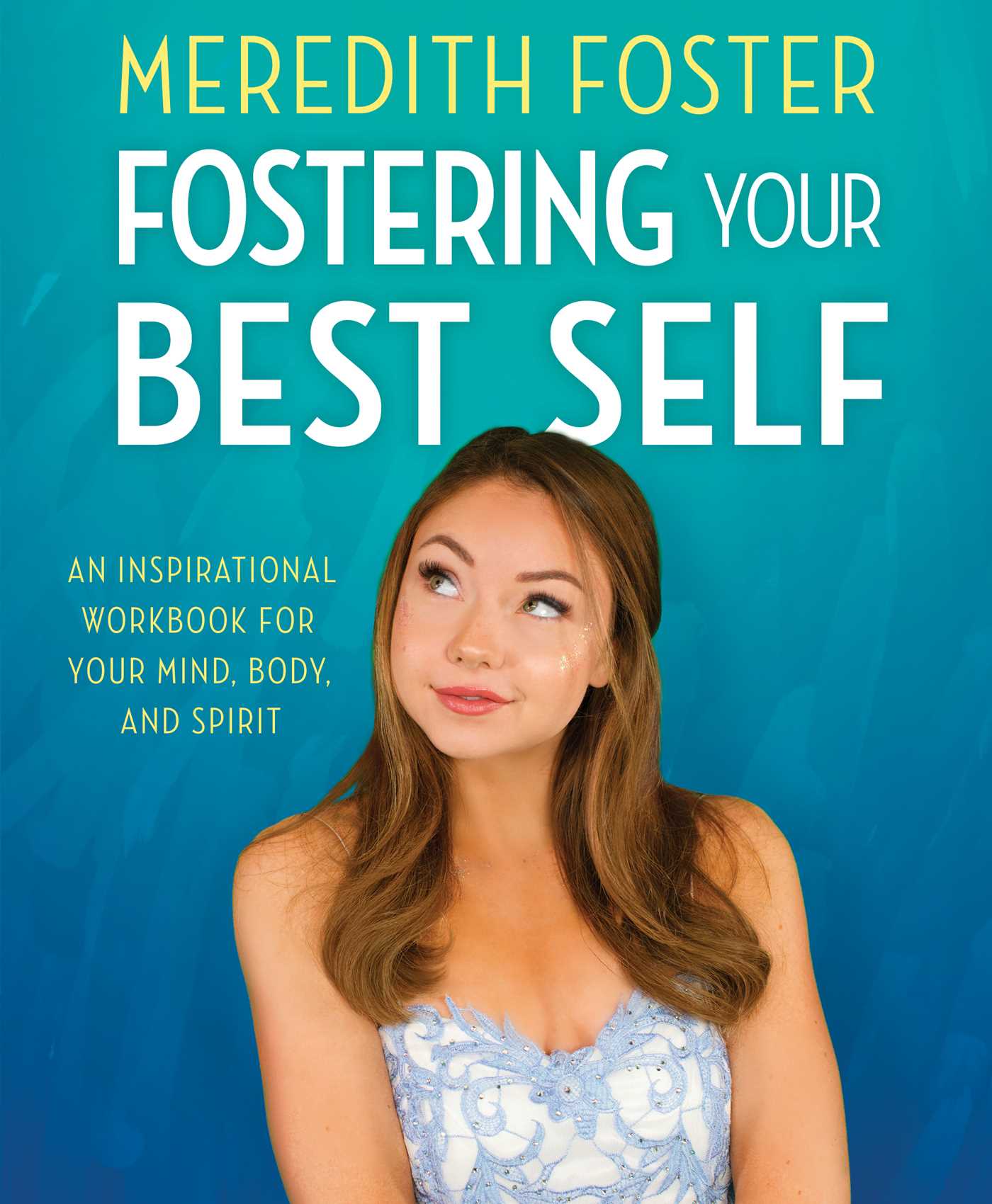
Meredith Foster was a hugely successful and prominent YouTuber in 2013-2014, with over 270 million views and four million followers. Carral et al (2018) characterised YouTubers as 'mainly female presenting, as well as middle/upper-class and white appearing.' She was famous for her 'day in my life,' 'what I eat in a day,' and her morning and night routines videos. Lifestyle videos were incredibly popular between 2013 and 2015, with one of her videos receiving over 6 million views.
According to Blattberg (2015), females make up the majority of the population of subscribers for channels like Meredith Foster. This has shown to be hazardous since she is shown in many videos having a small amount for breakfast and dinner. An example of her "day-to-day" regimen is presented here, along with fitness suggestions. Meredith later developed an eating disorder.
Morning Routine! | Meredith Foster
HOW TO GET IN SHAPE! My Fitness Routine 2017! | Meredith Foster
As seen by some of her comments, she has a strong influence on her audience. Because these YouTubers are pretending to be professionals, this may be quite dangerous.

As a result, Daman (2018) invented the slogan "trust me, I'm a YouTuber" in response to these YouTubers.

Many females have described Youtubers as "like a big sister" and "like my friends" (Harris 2021).

This, in turn, illustrates their faith in lifestyle YouTubers to steer them in the right direction. Although this could be leading them down a dangerous path.




"Fitspo" & Online Fitness Influencers:
"Fitspo" or Fitness Influencers are a recent online phenomenon where fitness advice is publicly shared, predominantly on photo and video sharing platforms.
Posts often include objectifying images that depict an idealised, thin, athletic female body and hyper-masculine male body types (Raggatt, M., Wright, C. J., Carrotte, E., Jenkinson, R., Mulgrew, K., Prichard, I., & Lim, M. S., 2018).
As well as this, often this advice is given as a 'one size fits all' with no regard for different body types and lifestyles (Raggatt, M. et. al, 2018).
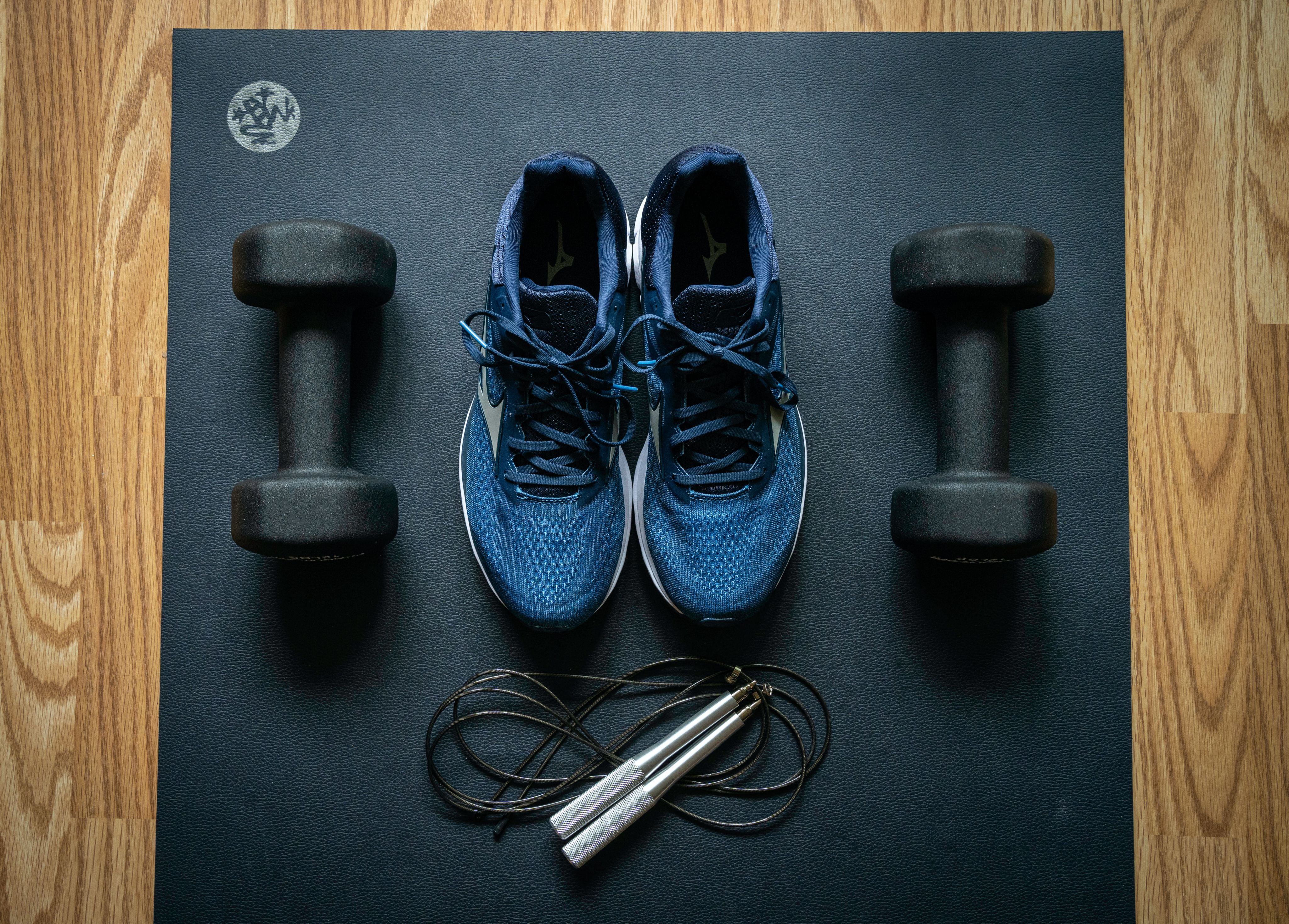
Photo by Alexandra Tran on Unsplash

"Fitspo", Fitness Influencers on TikTok:
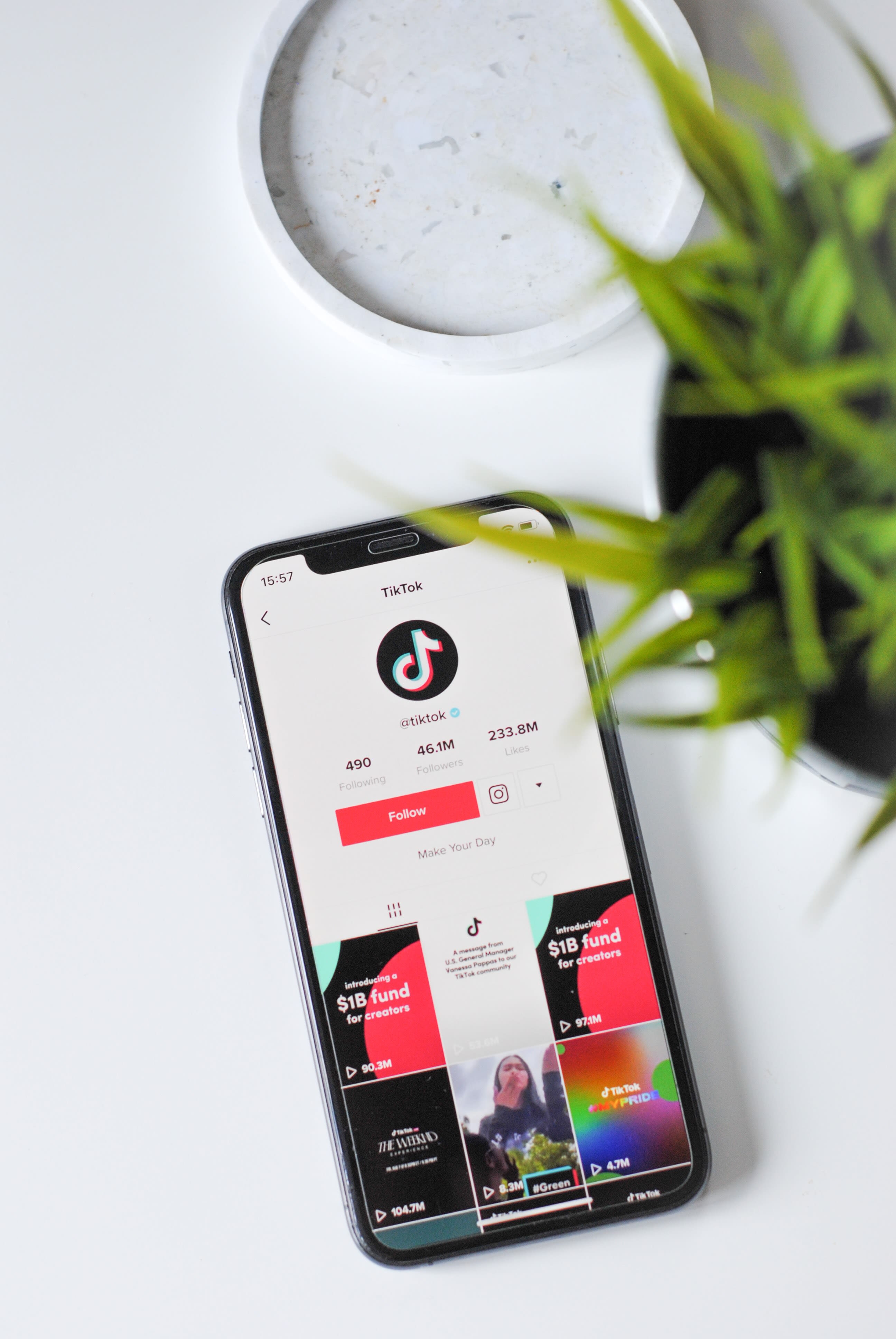
Photo by Hello I'm Nik on Unsplash
Photo by Hello I'm Nik on Unsplash
TikTok and Body image
TikTok is a video-sharing social media platform created in 2016. A trend that has become popular currently is fitness inspiration or 'GymTok'
GymTok videos can depict fitness tips, diet/meal inspiration, and fashion trends in the gym. But these videos can have harmful effects on young people's body image (Harris, J., Atkinson, A., Mink, M., & Porcellato, L., 2020).

Gender and TikTok
Every day TikTok is flooded with videos that depict 'ideal bodies' and unrealistic body images. But who does this predominantly affect?
The graph above depicts the percentage of women and men in different age groups who use TikTok. In almost all age groups, more women use TikTok than men.
Women are likely to engage with fitness content for aesthetic purposes and feel peer pressure to do so (Liu, J., 2021).
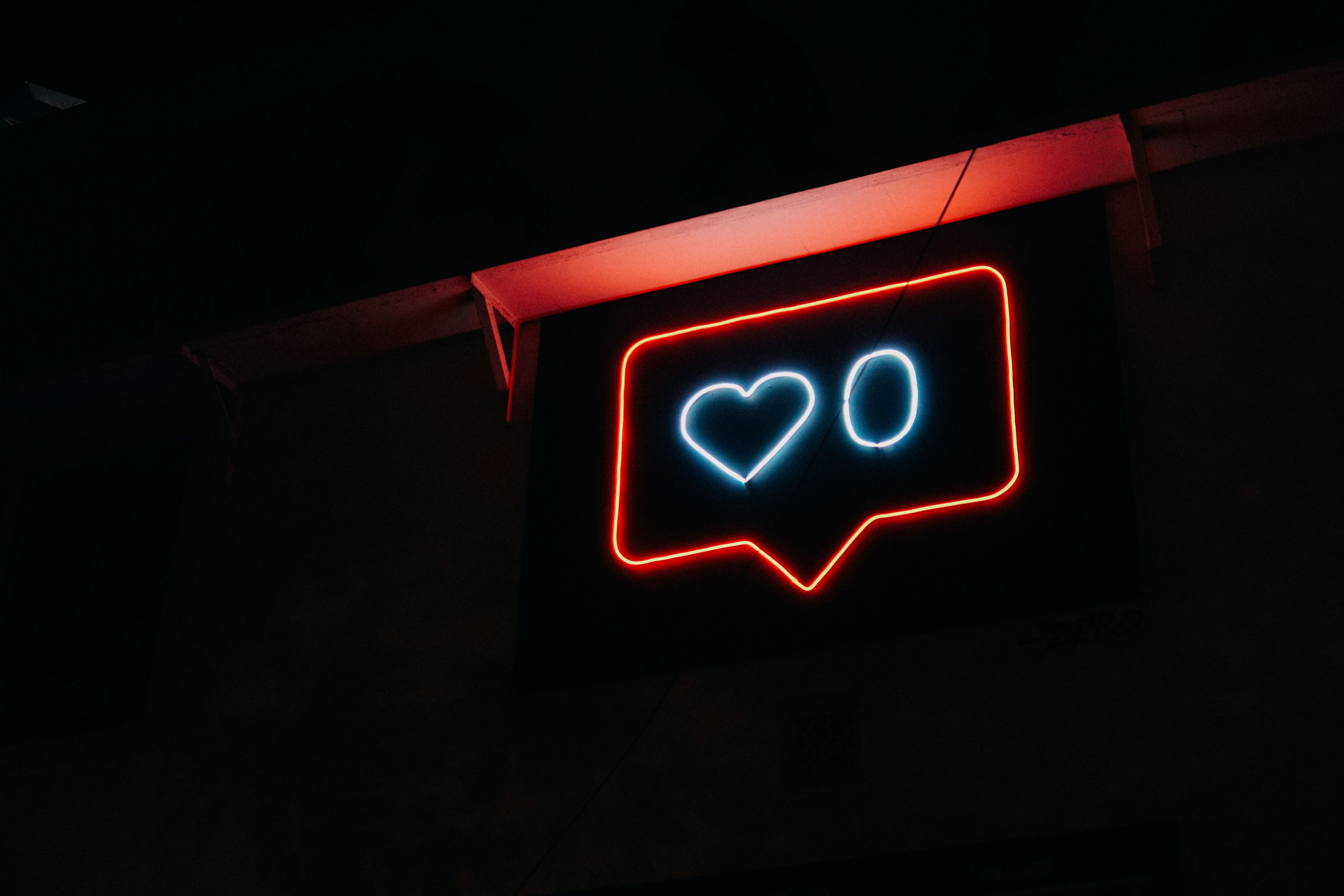
Photo by Prateek Katyal on Unsplash
Photo by Prateek Katyal on Unsplash
Harmful Impacts
Young males typically engage with fitness content and do so purposefully in order to learn fitness techniques. But are still susceptible to body image issues when viewing idealised male body images (Harris, J., Atkinson, A., Mink, M., & Porcellato, L. (2020).
The impacts of this are that, girls who regularly use social media are 6 times more likely to engage in unhealthy weight control behaviours than those who do not regularly use social media (Liu, J., 2021). Boys who regularly use social media are 4 times more likely to engage in unhealthy weight control behaviours than those who do not regularly use social media (Liu, J., 2021).
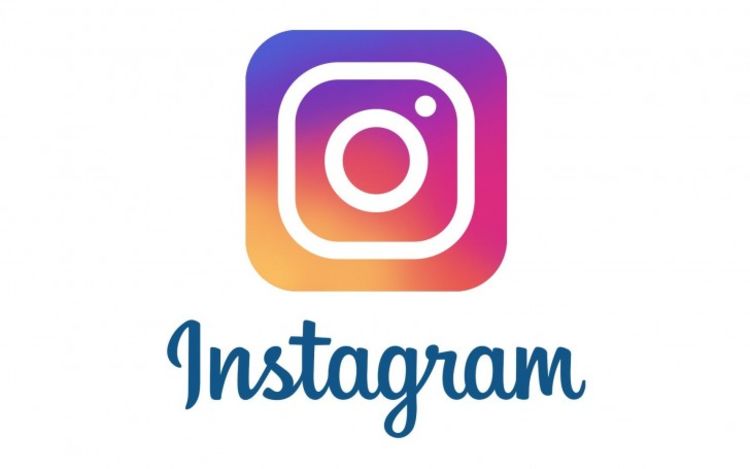
Body Image on Instagram
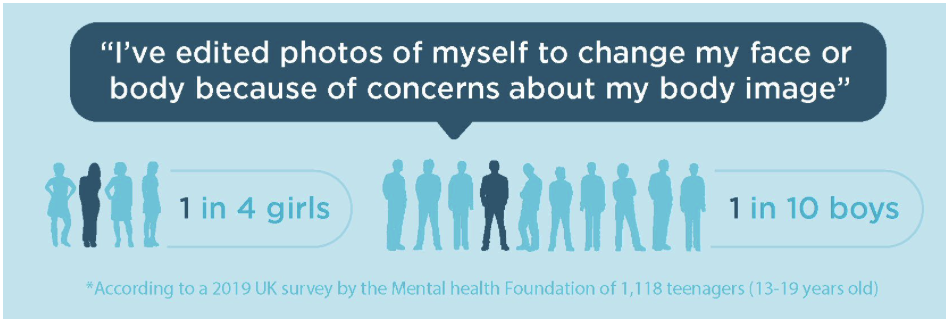
When influencers with seemingly already perfect bodies edit their photos it encourages an unattainable body.
Instagram influencers post their bodies highlighting the food they ate or the workouts they did to achieve their look. The same influencers and celebrities get called out for digitally alternating and editing their photos.
Boys and girls who start editing their photos at a young age are being taught that their bodies aren't good enough. They would rather fake it than post their 'real-self' on the internet. Their peers then see these posts and continue the never-ending cycle.
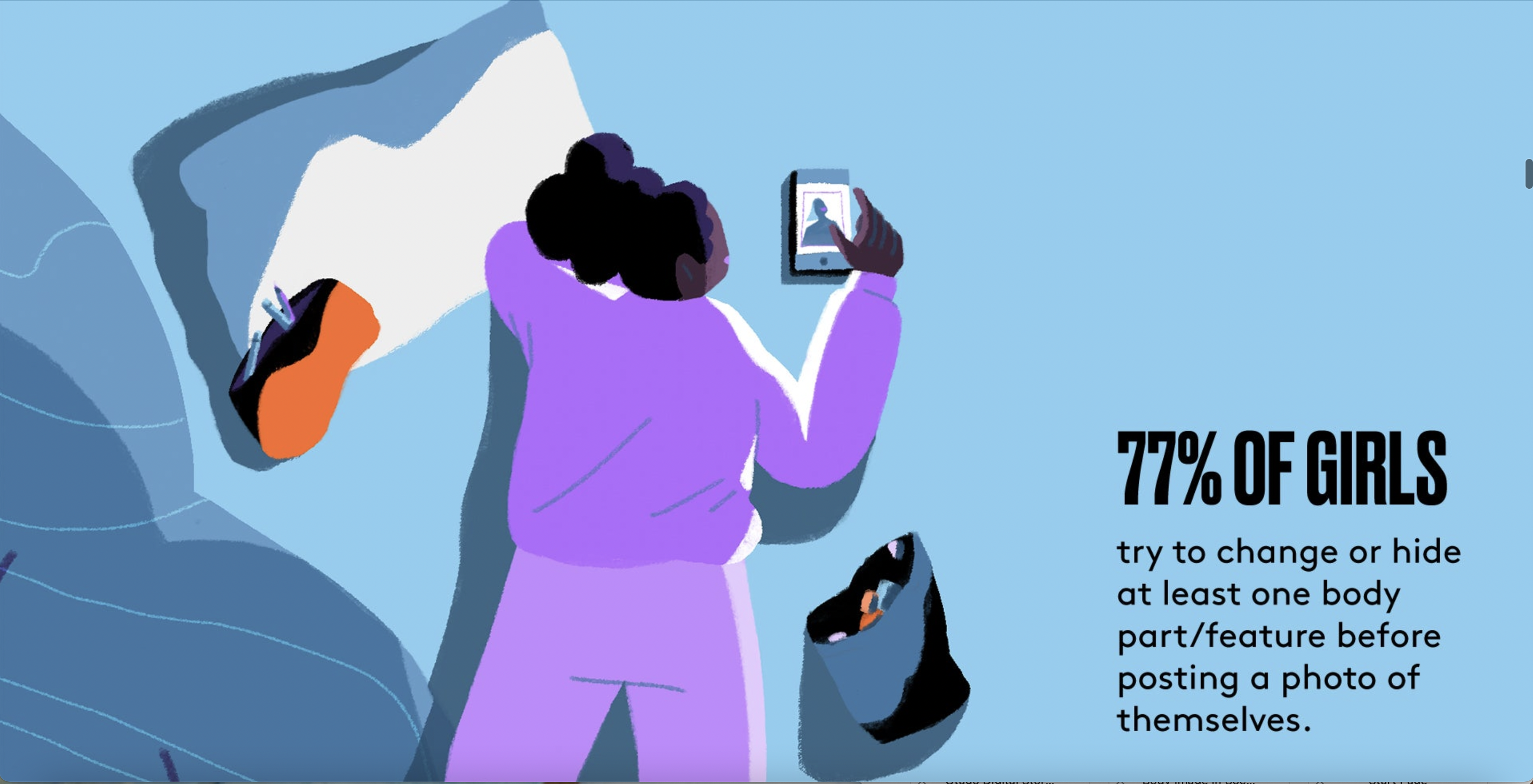
On Instagram, it is difficult to consider the fact that users usually only post their best photos.
These photos are selected as the best out of often countless photos to achieve maximum attractiveness and are often enhanced via digital alterations and filters.
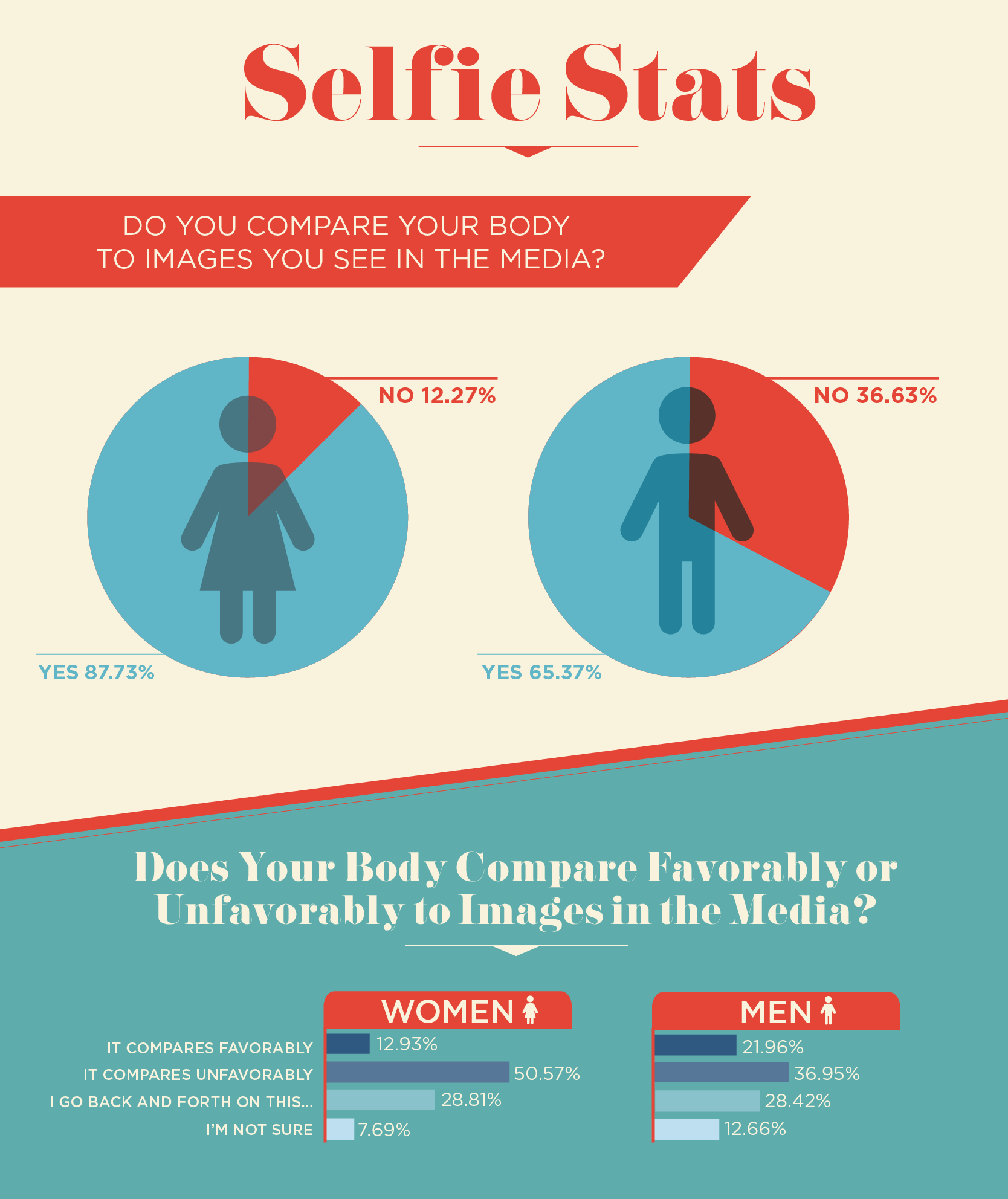
The objectification of women on social media as well as the emphasis of their bodies makes it difficult for women to look at a post without comparing it to themselves.
This is a problem faced by both women and men, however, women seem to be hit the hardest by these unrealistic expectations.
Instagram Case Study
Social media has become the forefront for women and men to compare themselves to each other. Scrolling on social media it is unlikely to not see women with one standard body shape. This consists of them having full bottoms, thigh gaps and toned stomachs. Thin fitness influencers post about their fitness journeys, which just highlights their loss of weight and limited diet. A case study organized by Prichard et al (2020), they took 108 women who were between 17-25 years old. Half the women were exposed to fitspiration photos on Instagram and the other half were exposed to travel images. The results found that the women who were shown fitspiration posts demonstrated “significantly higher negative mood and body dissatisfaction” (Prichard et al., 2020).
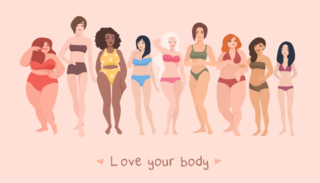
The male experience of body image on social media

For many men, especially young men, social media has become the standard of how a person should look and what body they should have. This has led to a large group of men being insecure or dissatisfied with their bodies.
This is shown by the dramatic increase in body dysmorphia that has occurred since the rise of social media and the intense fitness culture that has come along with it. Around 30% to 40% of men are no longer happy with their bodies with 85% wishing they could be more muscular (Swami, 2022).
Numerous studies have shown that young men's body dissatisfaction is dramatically increased when they view attractive muscular men on social media (Blond, 2008). Unfortunately, social media has been flooded with male fitness influencers who cause these issues and insecurities.
In addition to this, men are not given relatable role models who encourage body positivity in the same way as women are. Four of the largest modeling agencies in the US combined have one plus-sized model altogether. Additionally, there are over six times as many plus-sized clothing stores for women as there are for men (Fournine, 2020). This shows men they should be ashamed of their bodies and will not be supported if they do not meet the societal standards that social media has set.
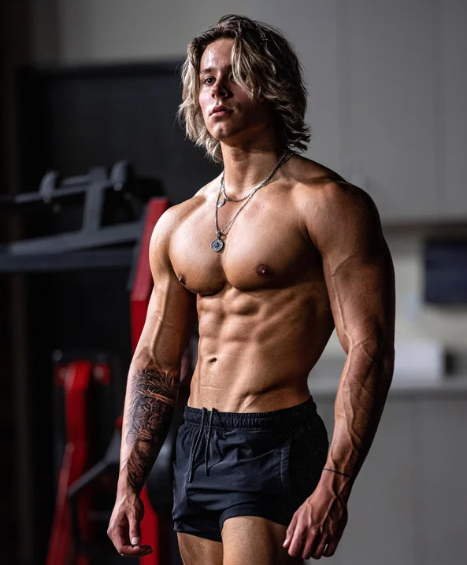
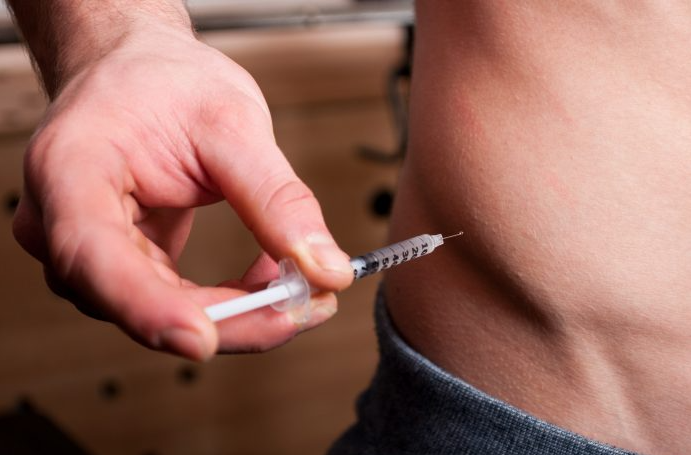
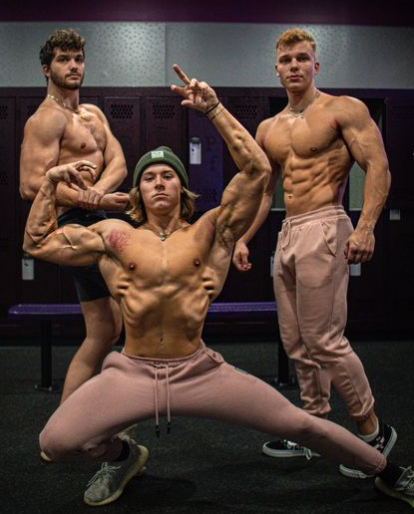
Alex Eubank
One of the male fitness influencers I have mentioned is Alex Eubank. He has claimed to be natural numerous times. However, this has been proven to be false and it has been revealed he is a steroid user. Because of this, he has set an unrealistic standard for young men to strive towards by creating clickbait content that makes him look good but causes frustration and depression for his viewers when they are inevitably unable to achieve such results. Below are two examples of these videos that cause far more harm than good.
References:
Agarwal, M. (2022, August 22). Tiktok stats for 2022 [infographic]. SocialPilot. Retrieved September 19, 2022, from https://www.socialpilot.co/blog/tiktok-stats-infographic
Blattberg, E. (2015, April 24). The demographics of YouTube, in 5 charts. Digiday; Digiday. https://digiday.com/media/demographics-youtube-5-charts/
Blond, A. (2008). Impacts of exposure to images of ideal bodies on male body dissatisfaction: A review. Body Image, 5(3), 244-250. https://doi.org/10.1016/j.bodyim.2008.02.003
Carral, M. del R., Volpato, L., & Michoud, C. (2021). “I wanted to share with you some of my healthy habits”: YouTubers’ staging of health-related practices. Psychology & Health. https://doi.org/10.1080/08870446.2022.2057495
Carrotte, E. R., Vella, A. M., & Lim, M. S. (2015). Predictors of “Liking” Three Types of Health and Fitness-Related Content on Social Media: A Cross-Sectional Study. Journal of Medical Internet Research, 17(8), e205. https://doi.org/10.2196/jmir.4803
Ceci, L. (2022, September 2). U.S. tiktok audiences by age and gender 2021. Statista. Retrieved September 19, 2022, from https://www.statista.com/statistics/1166153/usa-tiktok-user-distribution-age-gender/
Cheng, A. (2021, June 24). Social Media’s Impact On Mental Health Is Far More Serious Than You Think. Refinery29. Retrieved September 23, 2022, from https://www.refinery29.com/en-us/the-selfie-talk-social-media-self-esteem
Clarke, S. (2019). Can online image editing on social media contribute to eating disorders? Priory. Retrieved September 23, 2022, from https://www.priorygroup.com/blog/can-online-image-editing-on-social-media-contribute-to-eating-disorders
Cohen, R., Newton-John, T., & Slater, A. (2017). The relationship between Facebook and Instagram appearance-focused activities and body image concerns in young women. Body image, 23, 183-187.
Easton, S., Morton, K., Tappy, Z., Francis, D., & Dennison, L. (2018). Young people’s experiences of viewing the fitspiration social media trend: Qualitative study. Journal of Medical Internet Research, 20(6). https://doi.org/10.2196/jmir.9156
Fournine Magazine. (2020). Why are there no plus-size male models? Here's the untold truth. https://fournine.net/lifestyle/youve-never-seen-plus-size-male-model
Harris, J., Atkinson, A., Mink, M., & Porcellato, L. (2020). Young People’s Experiences and Perceptions of YouTuber-Produced Health Content: Implications for Health Promotion. Health Education & Behavior. https://doi.org/10.1177/1090198120974964
Liu, J. (2021). The influence of the body image presented through TikTok trend-videos and its possible reasons. Advances in Social Science, Education and Humanities Research, 559. https://doi.org/10.2991/assehr.k.210609.072
Lockhart, Marisa. (2019). The effects of Instagram fitness accounts on body image and mental health in adolescent females.
Mattacola, E. (2021). An exploration of “fitspiration” content on YouTube and its impacts on consumers - Priyanjali Ratwatte, Emily Mattacola, 2021. Journal of Health Psychology. https://doi.org/10.1177/1359105319854168
Medical Daily. (2021, April 30). How YouTube Is Affecting The Fitness Trend. Medical Daily. https://www.medicaldaily.com/how-youtube-affecting-fitness-trend-459047
Murray, R. (2018, May 8). Social media is affecting the way we view our bodies — and it’s not good. TODAY.com. Retrieved September 23, 2022, from https://www.today.com/style/social-media-affecting-way-we-view-our-bodies-it-s-t128500
Prichard, I., Kavanagh, E., Mulgrew, K. E., Lim, M. S., & Tiggemann, M. (2020). The effect of Instagram# fitspiration images on young women’s mood, body image, and exercise behaviour. Body Image, 33, 1-6.
Raggatt, M., Wright, C. J., Carrotte, E., Jenkinson, R., Mulgrew, K., Prichard, I., & Lim, M. S. (2018). “I aspire to look and feel healthy like the posts convey”: Engagement with fitness inspiration on social media and perceptions of its influence on health and Wellbeing. BMC Public Health, 18(1). https://doi.org/10.1186/s12889-018-5930-7
Swami, V. (2022). Body image issues affect close to 40% of men – but many don’t get the support they need. The Conversation. https://theconversation.com/body-image-issues-affect-close-to-40-of-men-but-many-dont-get-the-support-they-need-179046
Tiggemann, M., & Anderberg, I. (2019, November 16). Social media is not real: The effect of ‘Instagram vs reality’ images on women’s social comparison and body image. New Media &Amp; Society, 22(12), 2183–2199. https://doi.org/10.1177/1461444819888720

